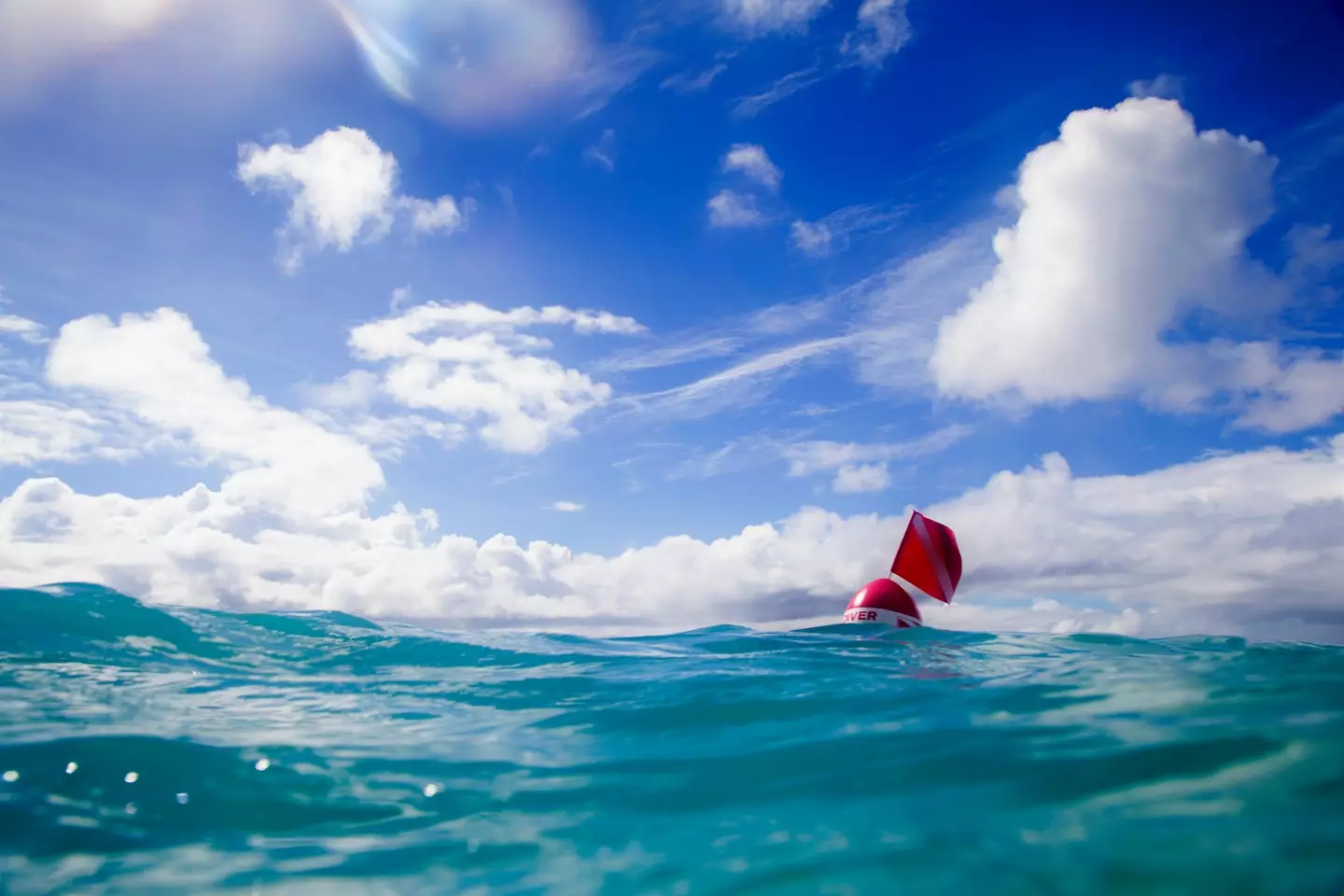
Scientists have finally found what they've been searching for in the Atlantic Ocean.
Back in the 1940s, equatorial waters were discovered in the Pacific and Indian Oceans.
These were formed by the mixing of waters to the north and south, and scientists believed that because the Atlantic shares 'common features' with the Pacific and Indian Oceans, it was likely the Atlantic also had a similar body of water within it.
But decades passed and such 'missing' blob of water still went undiscovered - until now.
Advert
The previously undetected water stretches across the Atlantic from the top of Brazil to the Gulf of Guinea and has been named the Atlantic Equatorial Water.
Reflecting on their findings, Viktor Zhurbas, a physicist and oceanologist at The Shirshov Institute of Oceanology in Moscow, said it was 'controversial' that equatorial waters couldn't be found in the Atlantic.
He told Live Science: "It seemed controversial that the equatorial water mass is present in the Pacific and Indian oceans but missing in the Atlantic Ocean because the equatorial circulation and mixing in all three oceans have common features."
.jpg)
Echoing similar sentiments, part of the now-published study said that it was 'astonishing' that Equatorial Water was present in the Pacific and Indian Oceans but not in the Atlantic because 'the equatorial circulation and mixing in all three oceans have common features such as the equatorial undercurrent and the equatorial waves'.
Advert
As to how they finally come to discover the Atlantic Equatorial Water, a team of scientists trawled through data collected by the Argo program - which was set up to search the world's oceans using robotic, self-submerging floats.
Upon analyzing the data, they found a distinct body of water (now dubbed the Atlantic Equatorial Water) that is believed to have been formed by the mixing of the South Atlantic Central Water and the North Atlantic Central Waters.

According to Zhurbas, their discovery could have easily been confused with the South Atlantic Central Water but, to distinguish between the two, they used 'a fairly dense network of vertical temperature and salinity profiles covering the entire Atlantic Ocean'.
Advert
As what what the discovery means for scientists, Zhurbas added: "The identified new water mass has allowed us to complete (or at least more accurately describe) the phenomenological pattern of basic water masses of the World Ocean."
The ocean's mixing process is said to be vital to its transport of heat, oxygen and nutrients around the globe.
The full study was published on Geophysical Research Letters on October 28.
Topics: News, World News, Science